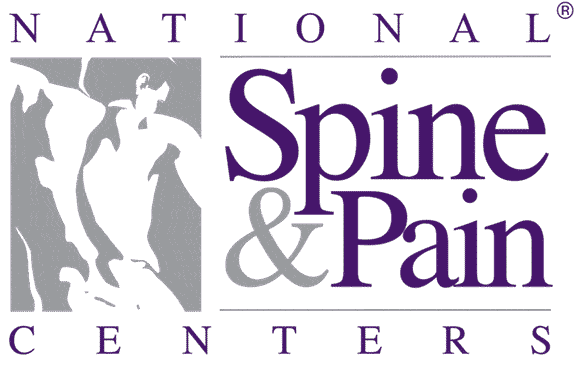There are a variety of medications and categories of pharmacologic therapies available to help individuals with both acute and chronic pain. These categories include anti-inflammatory medications, muscle relaxants, anti-depressants, anti-convulsants, and lastly analgesics. Analgesics (medications whose primary function is to relieve pain) are divided into two main subgroups, i.e., opioids (narcotics) and non-opioid forms. Opioids are currently the most potent and in some instances the most effective analgesic used to treat both acute and chronic pain.
However, not all musculoskeletal pain syndromes require opioid medication, either because the severity of the pain does not justify the use of narcotics or in some instances the pain syndrome may simply be unresponsive or poorly responsive to opioid medication. In our view, a prescription for opioid medication must be considered as part of the overall pain management plan including interventional pain management techniques when applicable and other pharmacologic approaches.
The pain management physicians of StemCell ARTS are eclectic in the approach to managing an individual’s pain problem. We look at all available nonsurgical treatments including physical therapy and interventional pain management techniques that target a particular diagnosis or condition. It is important to be comprehensive since pain has such an enormous impact on the quality of one’s life.
The hallmark of opioid therapy is the need to individualize treatment for each patient. In so doing, we follow a number of important steps and guidelines.
Define the indication for opioid treatment.
- Need for aggressive intervention for moderate to severe disabling pain.
- Failure of non-opioid therapy.
Comprehensive assessment and treatment.
- Define diagnosis to be treated.
- Evaluate risk factors (psychosocial factors, mood, history of substance abuse, among others).
Opioid therapy intervention and patient education.
- Discuss and define risks of addiction, abuse and misuse of opioids.
- Obtain a signed “opioid contract” or prescribing agreement.
- Review potential side effects – constipation, drowsiness, nausea, etc.
- Explain grounds for tapering or discontinuing opioid medications altogether.
- Set goals of treatment with opioids focusing on pain reduction, improved functioning and enhanced ability to cope with pain.
Maintenance and follow-up.
- Maintenance and follow up appointments for prescription refills are monthly.
- Aberrant drug behaviors are grounds for discontinuation of opioid therapy and may lead to dismissal from our practice. These include obtaining prescriptions from multiple providers or from non-medical sources. It also includes non-approved dose escalation by the patient, lost or stolen prescriptions (these will not be replaced), forged prescriptions, and impulsive drug use.
- We follow the standards set forth by the Commonwealth of Virginia Department of Health Professions Prescription Monitoring Program.
